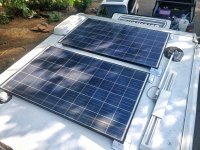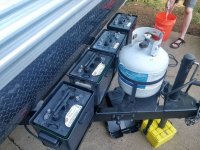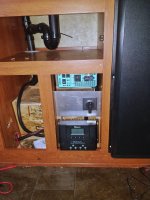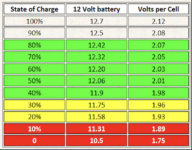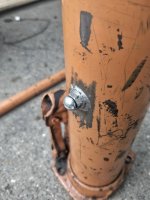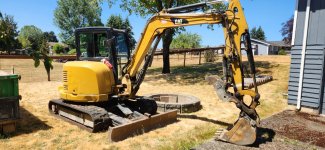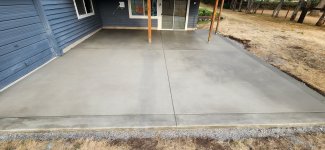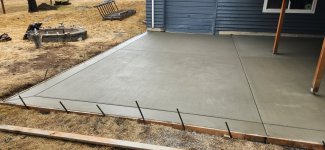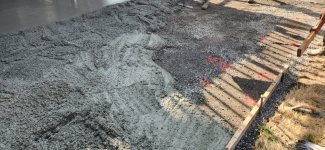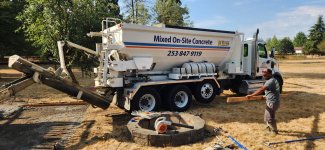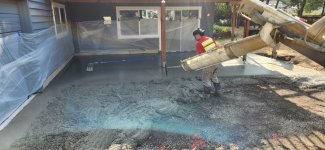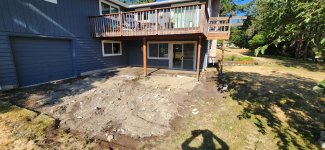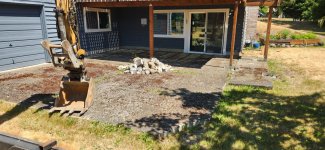looks good for now. probably should have used a urethane based product. I would have used polyurea. my experience will tell me even with a UV resistant top coat it will still noticably start to "yellow" (actually more green) within a few months if exposed to constant sun. we always had problems right at the doorways that lead to the outside. there was always a noticeable area a few feet in that turned greenish. one year was enough to make the epoxy change to the point that it made the color under hard to see. any area that was exposed we would normally use polyuria or polyaspartic.
if you have a Sherwin Williams near, I'd ask them for some GP4844A01 & GP4844B01. UV resistant, high and low temperature tolerance, good impact toughness and excellent chemical resistance. only issue is it cures really fast so if you are not experienced then it can be a mess to use. data sheet will tell you that you can't go more then 15 mills but we successfully used it at more then 100 mills with no issues. a few oz. of Sherwin Williams reducer 132 also helps the flow and extended the working time a little. but since you've already finished this is probably moot. but maybe for next time or if you get the itch to redo it
Thanks! I've been using Total Boat products. Halcyon was what I used for a top coat. It cures really fast too. I had to crank my AC all the way up and still had some brush marks in it. I'll see how healthy I'm does and if I start notice anything I'll probably go to the Sherwin Williams then. The epoxy world really has me sour after this project. It will probably be my last one until there are more advancments in the industry. Everybody claims how good their shit is and then I did test samples just to realize it didn't hold up, wasn't as clear, or the color wasn't quite right. I've had enough of this project taking up room in my shop and I still got benches to make.
I don't know what all you do for woodworking. But total boat has a wood paint penetrating epoxy that's awesome. That's what I used on my patio. I did finish it with Spar Urathane, but it looks terrific now after a year.


